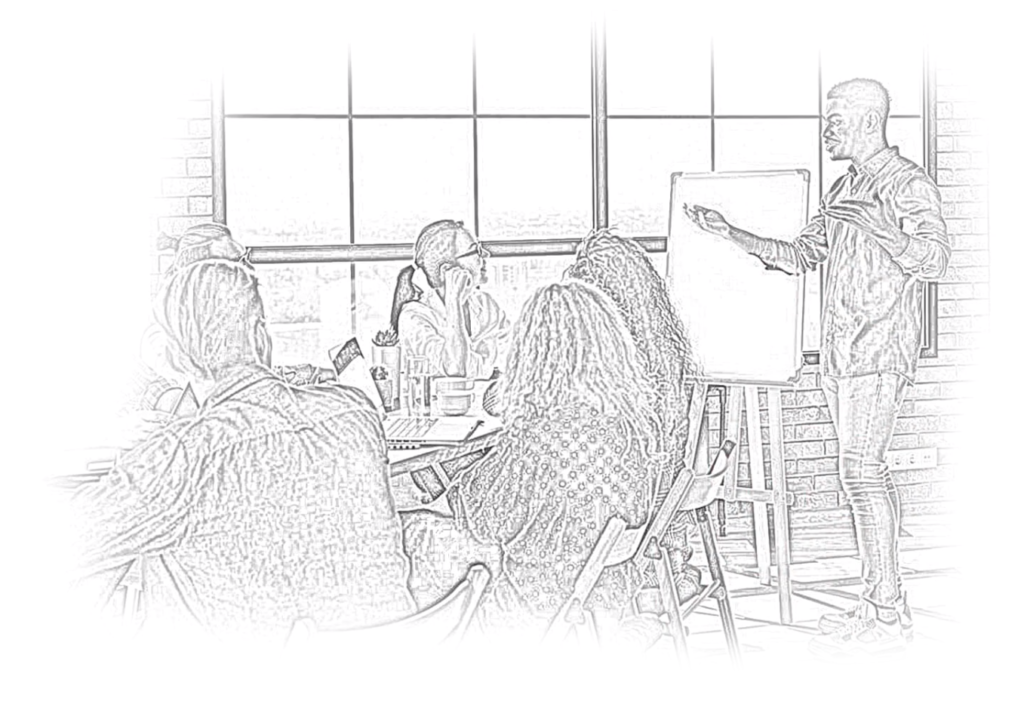Tennis is an incredibly popular sport – but the current training methods for our kids are outdated and ineffective.
Communication with parents and guardians is often poor, coaches lack specialization with under 12 kids, and many kids are often moved prematurely to a full-sized court, before they fully understand how to play the game.
These have been consistent problems in the past with youth tennis programs, but they don’t need to be anymore – enter, ROGace.




